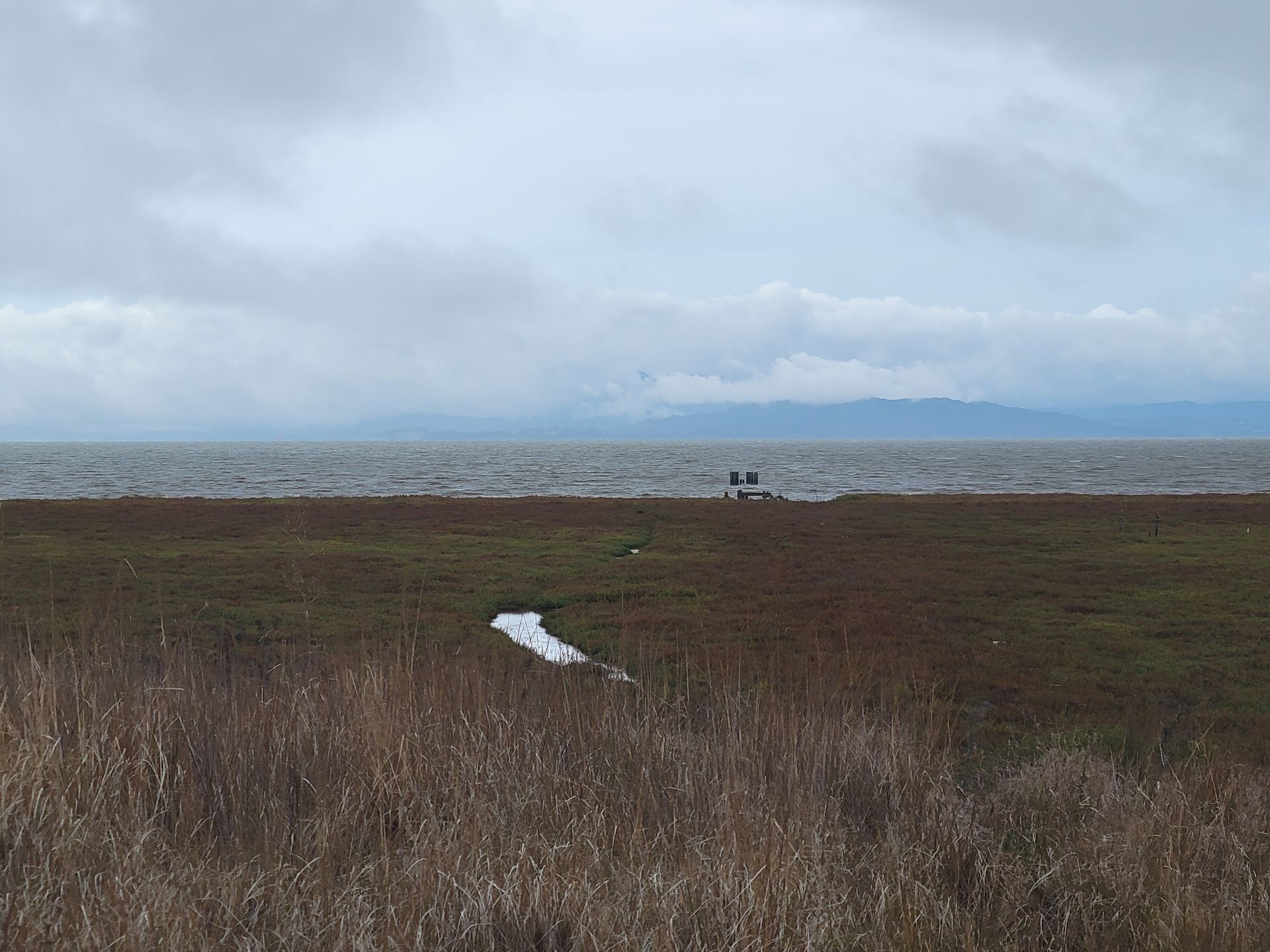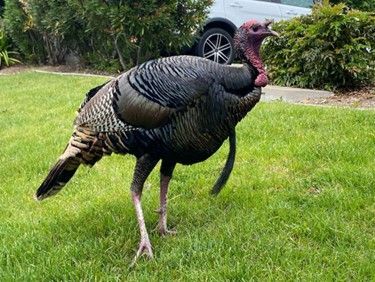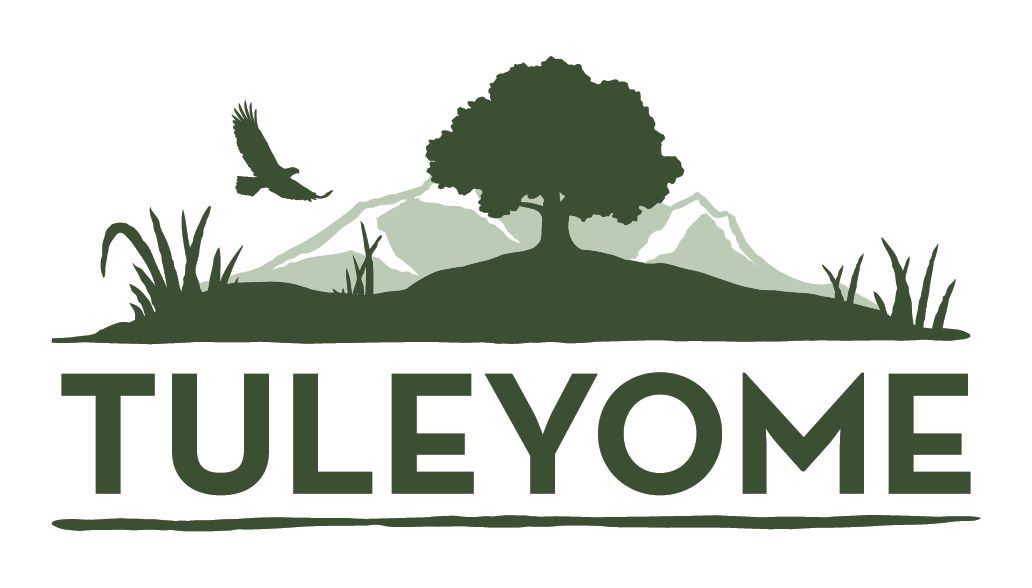Tuleyome's Policy Corner - Berryessa Snow Mountain National Monument Gains Support at Spring Thing!

Many folks at the Spring Thing were eager to learn more about the efforts to expand Berryessa Snow Mountain National Monument to protect Molok Luyuk. In the area dedicated to Molok Luyuk folks were able to learn about Tuleyome and the Protect Molok Luyuk coalitions’ work to protect this amazing place, gather information, and sign up to support the effort.
And, we had good news to share. On March 7, 2023, Senators Padilla and Feinstein and Representatives Garamendi and Thompson reintroduced the Berryessa Snow Mountain National Monument Expansion Act (S 683/HR 1396), continuing our fight to protect Molok Luyuk.
The expansion of Berryessa Snow Mountain National Monument would safeguard existing public lands that are sacred to the Patwin people and that are critically important to protect in the face of a changing climate. The legislation would add 3,925 acres to the current monument, support tribal co-management, and change the name of the additional wildlands from “Walker Ridge” to Molok Luyuk—Patwin for “Condor Ridge”—a name the Yocha Dehe Wintun Nation provided.
Adding the adjacent BLM managed land into the existing national monument will improve land management, bring additional resources for trail construction and maintenance, help improve public access, and protect sensitive wildlife, prime habitat areas, and cultural resources. It’s a win-win all the way around.
While our chances of passing the legislation in the Senate is good, the same is not true for the House of Representatives. So, we’re pulling out all of the stops. In addition to working with our Congressional champions to pass their bills, Tuleyome, Tribal and community leaders have joined Representative John Garamendi and Senator Alex Padilla in calling on President Biden to use the Antiquities Act to expand Berryessa Snow Mountain National Monument.
How can you join the fight to protect Molok Luyuk? In multiple ways. First, please sign our petition or write your own letter urging President Biden to protect all of Molok Luyuk. Then, urge your friends to do the same. We also have postcards that folks can sign and send to show their support. Feel free to stop by the office and grab a bunch of them to share with others. Want to learn more about the amazing wildflowers that adorn Molok Luyuk, join us on our Wildflower Tour with Dr. Glen Holstein. Need or have more ideas? Share them with us!
Come join us and let’s work together to protect Molok Luyuk!
Cheers, Sandy
RECENT ARTICLES






